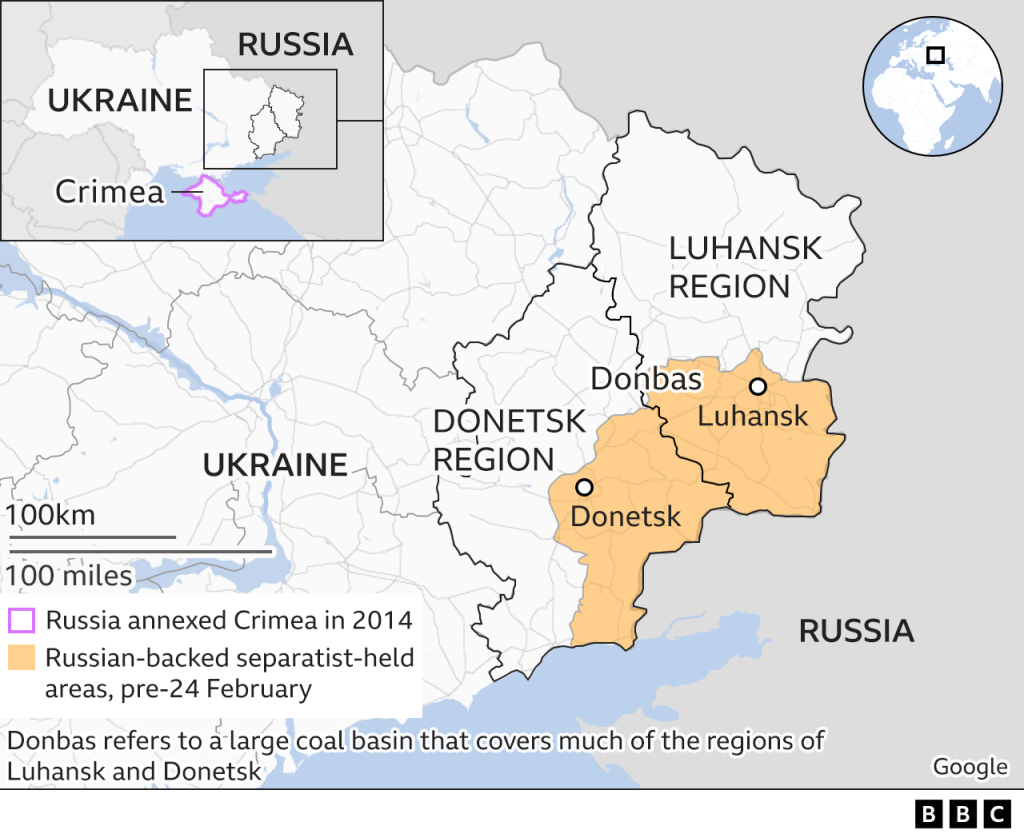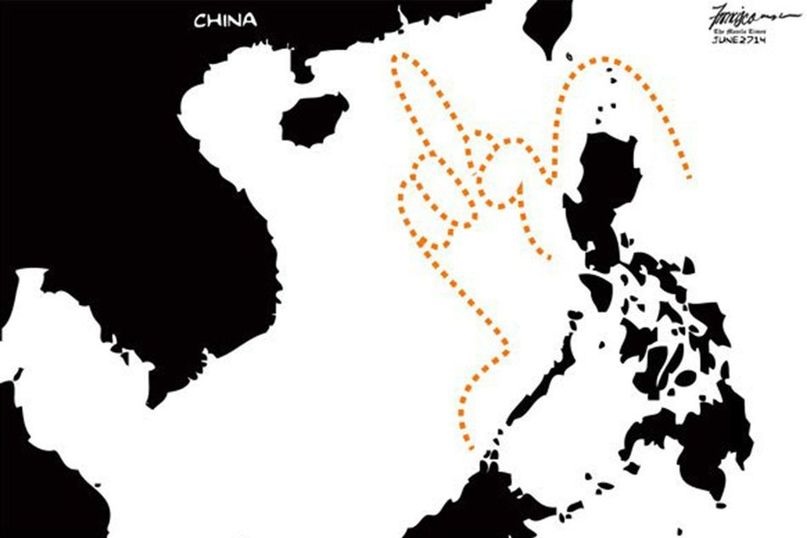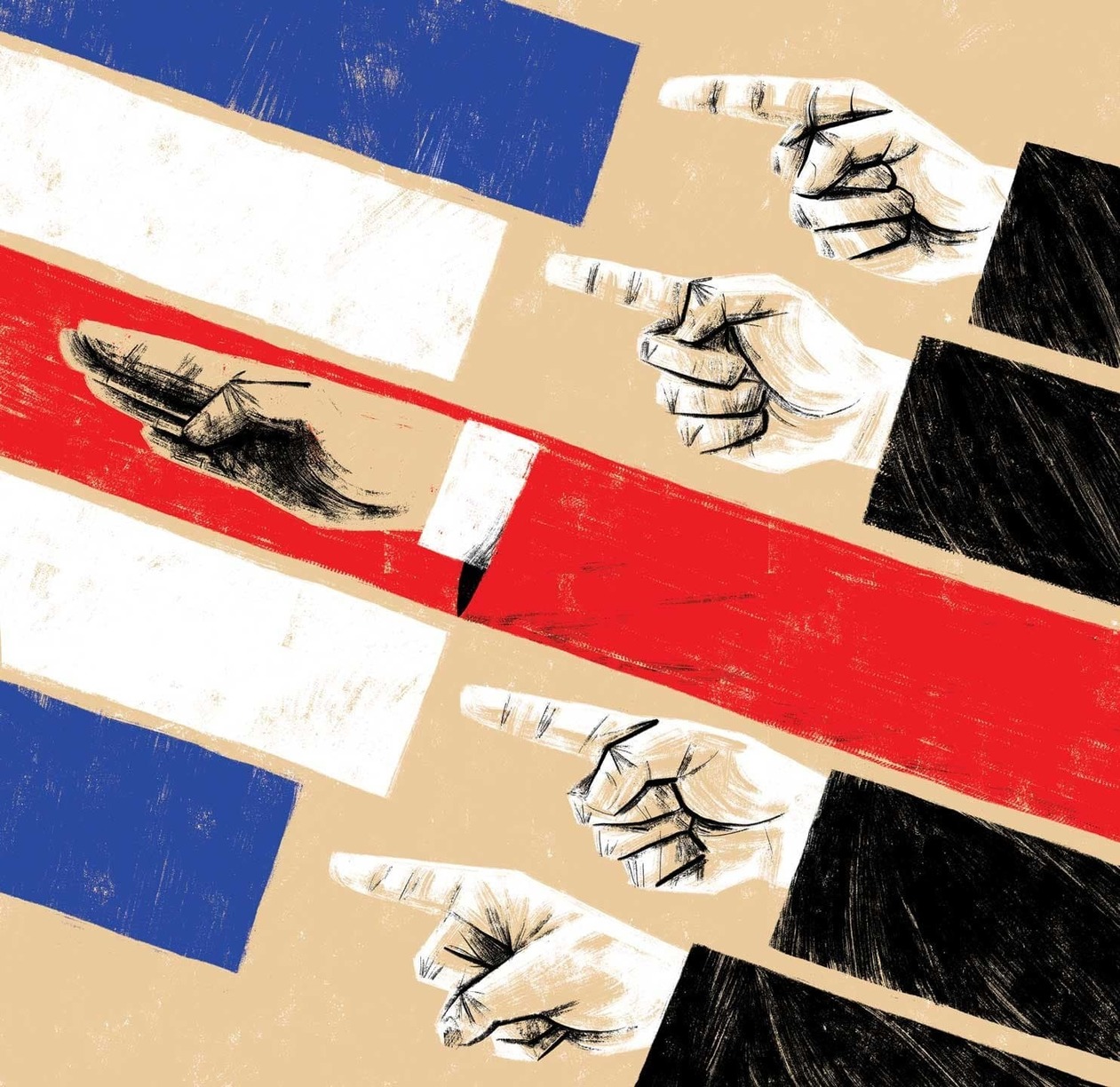Geography is the stage on which the play of History unfolds. As a kid, I loved studying the great wards of history and—not surprisingly—I was drawn to the maps that showed flanking maneuvers, bottlenecks, marching around mountains, getting lured into marshlands, etc. I especially was intrigued when a local force used superior knowledge of the local terrain to defeat a superior, invading force.
This video shows the geography of the Crimean Peninsula through of the Russian occupation of the peninsula. Before 2014, the land was controlled by Ukraine and Russia has controlled and annexed the land. The 2022 Russian invasion of Ukraine was a continued expansion of these territorial ambitions, and if Ukraine’s full goals are to be achieved, reclaiming the Crimean Peninsula would be an final step. The naval stronghold of Sevastapol, the tiny narrow neck of land, the swampy lagoons, and the Black Sea are all discussed in this video looking at the Russian advantages in maintaining control and Ukraine’s difficulties in trying to recapture this territory.
Tags: Russia, Ukraine, geopolitics, political.









